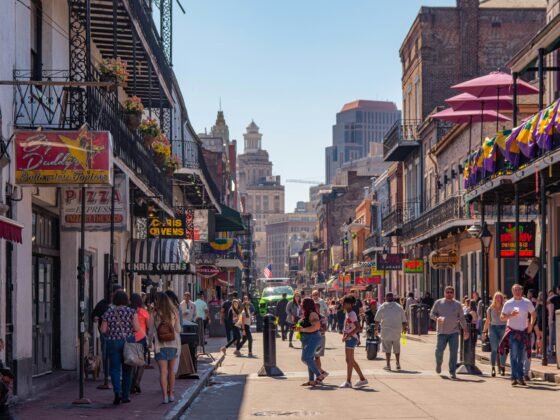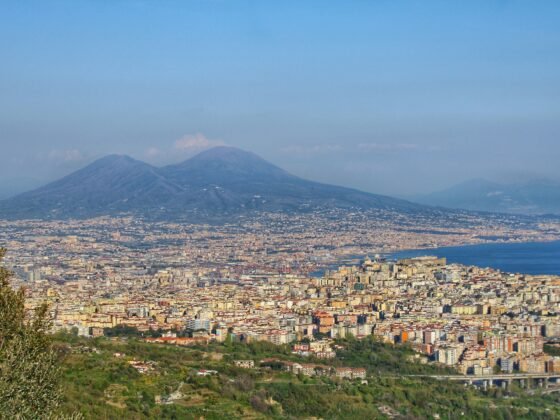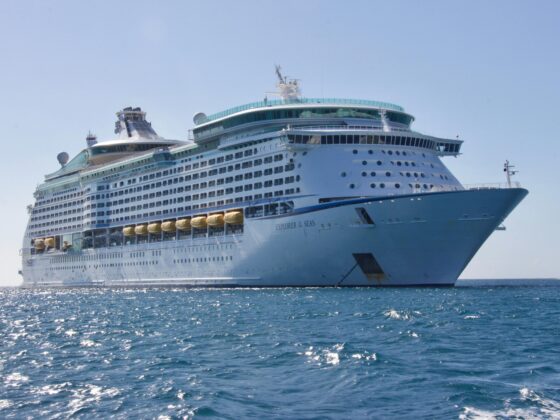Each of these cities are recognised as World Design Capitals thanks to their unrivalled dedicated and accomplishments in the design field.
Torino: World Design Capital 2008 – The Underdog
As one of the past labelled capitals of design, Torino, aka Turin, really proved itself as the underdog in the competition, pushing past the larger cities (especially the megaliths in Italy alone) to show that Torino is a global power in design. Shining with famous works such as the Fiat, the most noted piece of Torino design work; Torino has always worked strongly in engineering and design. Automobile design has always been a staple in Torino with companies such as Lancia, Invicta and Fiat based here. Turin has shown itself in the many style centers, prototype and modelling laboratories, and research centers as well as in related areas such as robotics, nanotechnology, mechanics, metrology, cinematography, ICT, virtual reality, avionics and aeronautics, computer science, broad casting, and many more areas as well. Torino strives toward internationalization which was proven by the hosting of the 2008 Olympic Winter Games. Torino is also known for superb architecture, design schooling institutions, and support from both ICSID and ICOGRADA. Designers Carlo Mollino, Raffaele Palma, Nina Ricci are all from Turin.
Seoul: World Design Capital 2010 – Victory through Energy
Seoul in South Korea is a city that bridges eastern and western cultures and earnt the WDC title thanks to the raft of outstanding modern architecture recently built in the city. Building such as the Korea Finance Building, World Trade Center and the N Seoul Tower helped to earn the accolade. There is also the Tower Palace which is comprised of 7 skyscrapers, the Gangnam Finance Center and the Jongno Tower which all add modern influence to the skyline. The future build projects of the Dongdaemun Design Plaza and the wave-shaped City Hall will further cement Seoul’s position on the global design map. Notable Korean products tend toward the high tech and have infused themselves into the rest of the world’s cultures. It is products and lines such as Samsung, Hyundai, LG Electronics, Inc., Daewoo, Kia, and Helio that have made Korea a bright point on the map of world design and industry. Local fashion designers sell their pieces in boutiques in Samcheong-dong. During Seoul’s hosting of the World Design Capitals program; there was in intense focus on promoting and trying to gain exposure and education to all of South Korea’s design areas that specifically aim to advance the culture, the economy, and the overall culture.
Helsinki: World Design Capital 2012 – Embedded Design/ World Design
The capital of Finland, Helsinki, is in a prime location to deliver good design internationally. Being placed smack dab in the middle of the Baltic Sea region, it is easily able to promote itself east and west. Finland boasts a strong economy, a safe living environment, a stable infrastructure, as well as extremely high standards of wealth and over all living. Much of the city centre’s Neoclassical architecture can be attributed to one man; Carl Ludvig Engel, who designed many of the buildings within Senate Square. Jugend (Art Nouveau) architecture is more prevalent in Helsinki, particularly in the Katajanokka and Ullanlinna districts. Eliel Saarinen led the Finnish art nouveau movement and created such masterpieces as the Helsinki central railway station. Companies such as Nokia, Kone and Marimekko are based in Helsinki. Though Helsinki is small, the natural nature of Finland does not go amiss in this capital town. With a quarter of Finland’s population, Helsinki is forced to network its areas together, intertwining and depending on one another and design makes this all happen. Noted designers and schools include the University of Art and Design Helsinki, Eliel Saarinen and Alvar Aalto.
Cape Town: World Design Capital 2014 – Future Capital of Design
Although it’s situated at the very bottom of Africa, Cape Town is certainly not at the bottom when it comes to the world of design. Many large companies, from fashion designers, publishers, design houses and advertising agencies call Cape Town home. As a large city, Cape Town still manages to hold on to its heritage, creative spirit, diversity, and talent pool all within a high living standard. And this UNESCO recognised region boasts heritage architecture from the Castle of Good Hope, the Cape Dutch influence and the iconic Cape Town Stadium which hosted the 2010 FIFA World Cup. Cape Town’s supreme design capabilities allow it to grow and become more and more engaged in the world without sacrificing a good standard of life aiming to make the WDC more broad and focused on sustainability, urban development, and showing different ways to grow socially and economically worldwide. Watch the video below and see for yourself why Cape Town will be huge in 2014;












